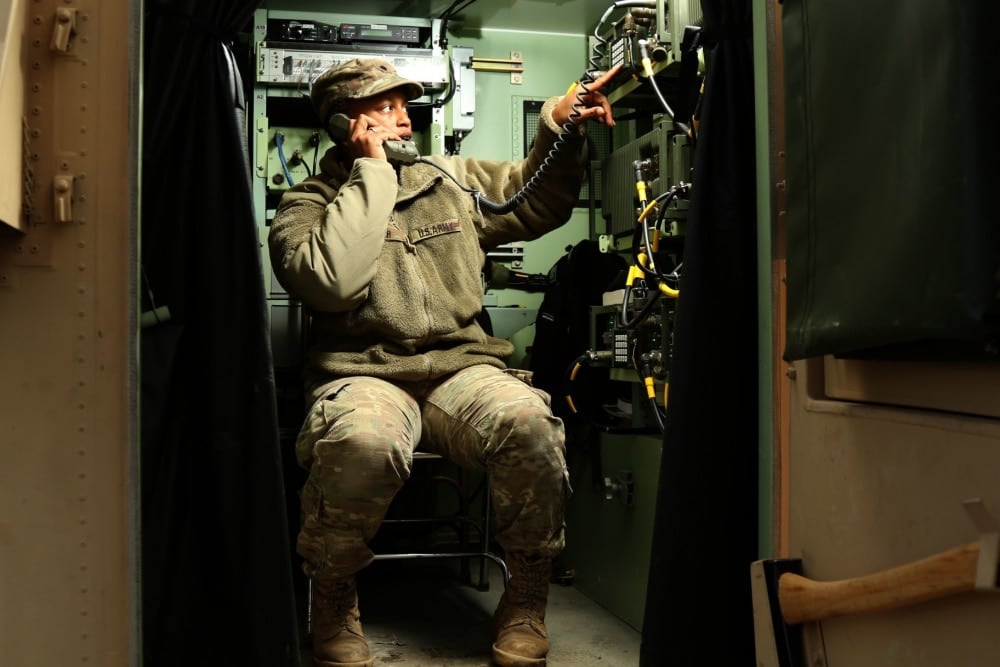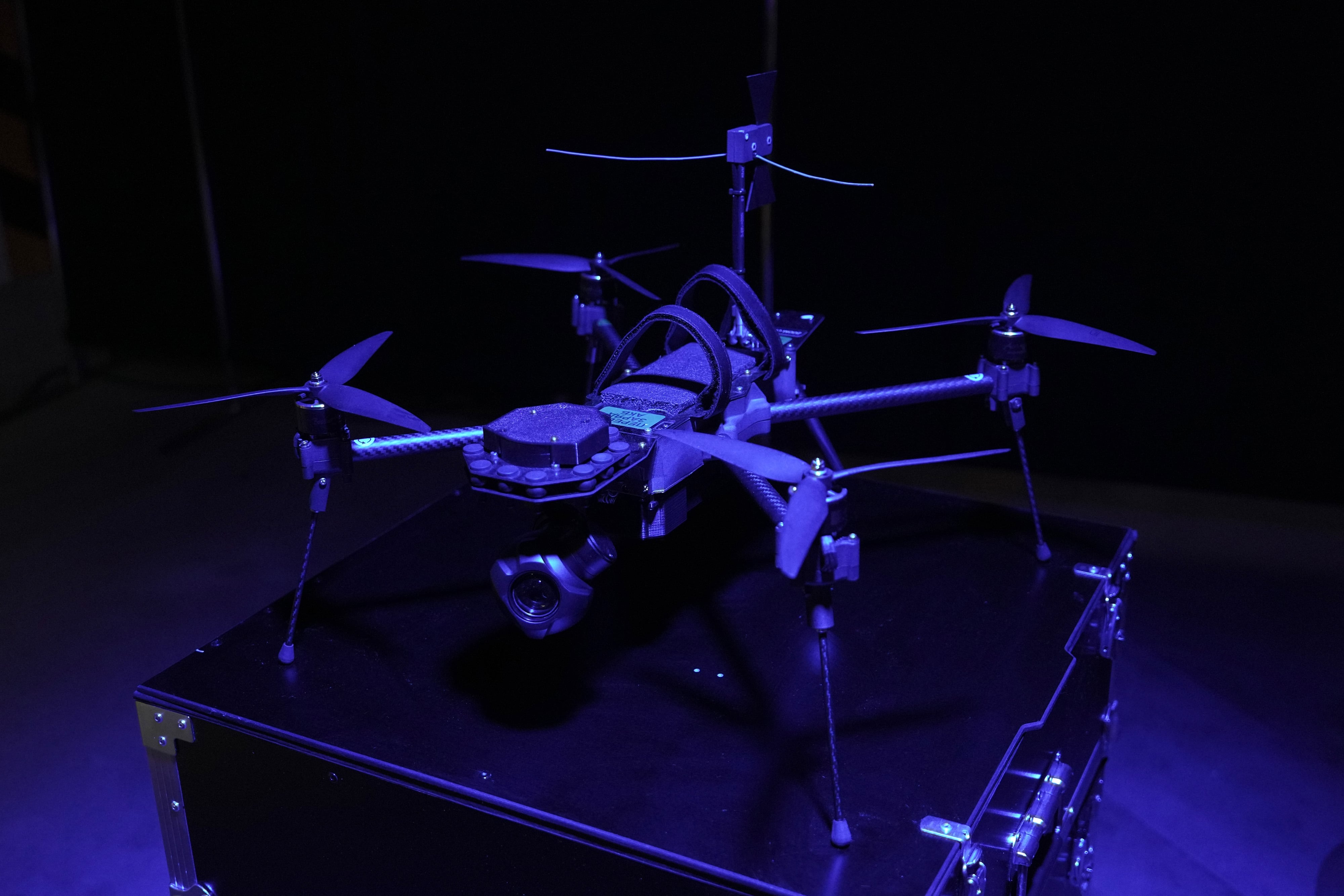WASHINGTON — As the U.S. Army transitions from counterinsurgency fights to countering near-peer threats, its network communications strategy is at a crossroads, according to Army officials.
The Army is on the verge of releasing a new network strategy, ordered by Chief of Staff Gen. Mark Milley. Army officials said at the C4ISRNET Conference on May 3 that strategy would not necessarily fit a massive land war against a near-peer adversary, or as the Army calls it, a "decisive action" scenario.
"The way you fight in a counterinsurgency fight has led to requirements, contrasted with decisive action is different," said Brig. Gen. Todd Isaacson, the G-6, or top signals official for U.S. Forces Command. The command covers roughly 750,000 active Army, Reserve and National Guard troops.
The Army needs to describe its strategy in the context of the "lethality and dynamic nature of decisive action, multi-domain warfare against a near-peer threat, you have to have mobility like you never had before, protection like you never had before," Isaacson said.
Whereas in a counterinsurgency operation, it is valuable for a commander to know where all of his soldiers are, a decisive-action scenario might only require that information for a platoon-sized unit or larger.
"That's a different problem for the network to consider, and I offer there is an opportunity to re-describe some of its requirements for the network," Isaacson said
As the Army reorients, it's also building strategy to operate in domains where its dominance is not assured.
The new strategy ought to yield a network that lets soldiers control fires and integrate with partner forces — including special operators and foreign troops — in other components, Isaacson said.
Isaacson noted that troops at the Joint Multinational Readiness Center have to fight through lapses in satellite and communications, which is yielding new tactics, techniques and procedures.
Email: jgould@defensenews.com
Twitter: @reporterjoe
Joe Gould was the senior Pentagon reporter for Defense News, covering the intersection of national security policy, politics and the defense industry. He had previously served as Congress reporter.








